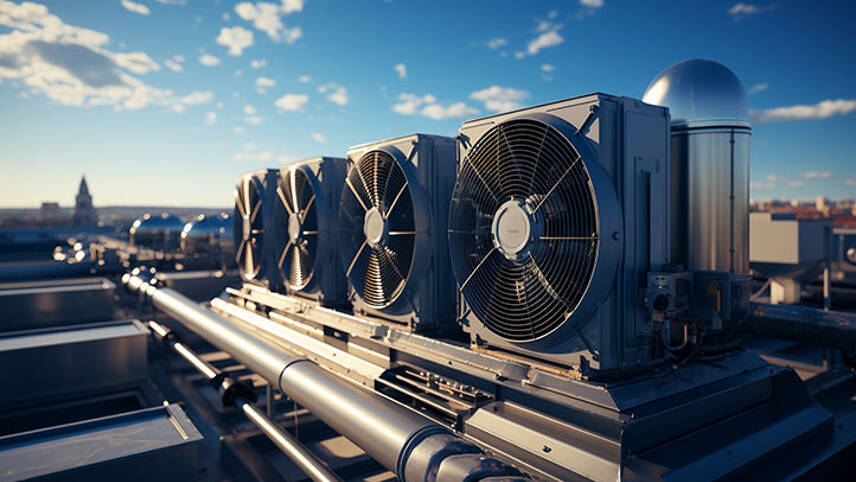Register for free and continue reading
Join our growing army of changemakers and get unlimited access to our premium content

The Global Cooling Watch report, Keeping it Chill: How to meet cooling demands while cutting emissions, by the UN Environment Programme-led Cool Coalition, was published today (5 December) at COP28.
It found that passive cooling, higher-energy efficiency standards, and a faster phase-down of climate-warming refrigerants could cut sectoral emissions by 60%, which when combined with clean energy integration into the grid, could see overall sectoral emissions reduced by 96% by 2050.
“The cooling sector must grow to protect everyone from rising temperatures, maintain food quality and safety, keep vaccines stable and economies productive,” said Inger Andersen, Executive Director of UNEP. “But this growth must not come at the cost of the energy transition and more intense climate impacts. Countries and the cooling sector must act now to ensure low-carbon cooling growth.
“Fortunately, the solutions are available today. Getting energy efficient, sustainable cooling right offers an opportunity to cut global warming, improve the lives of hundreds of millions of people, and realize huge financial savings.”
More than one billion people across Africa and Asia currently lack access to cooling services, which in turn puts lives at risk due to heat stress. It can also reduce farmer income and hinder universal vaccine and medicine access.
On an environmental front, the cooling sector accounts for 20% of total global electricity consumption and is predicted to double by 2050. Based on current trajectories, emissions from cooling are predicted to account for more than 10% of global emissions by 2050.
Solutions cited in the report include passive cooling measures such as insulation, natural shading, ventilation and reflective surfaces, all of which can be implemented by changes to regional building energy codes.
Higher efficiency standards are also listed, with the report stating that better labelling of all cooling equipment would triple the global average efficiency of cooling equipment by 2050 from today’s levels. This would deliver 30% in energy savings.
Recommendations listed in the report could reduce projected emissions in 2050 by 3.8 billion tonnes, with 3.5 billion people benefitting as a result. Indeed, electricity bills would be reduced by $1trn in 2050 and $17trn cumulatively between now and 2050.
The report is released in support of the Global Cooling Pledge, a joint initiative between the United Arab Emirates as host of COP28 and the Cool Coalition. More than 60 countries have signed up to the pledge at COP28.


Please login or Register to leave a comment.